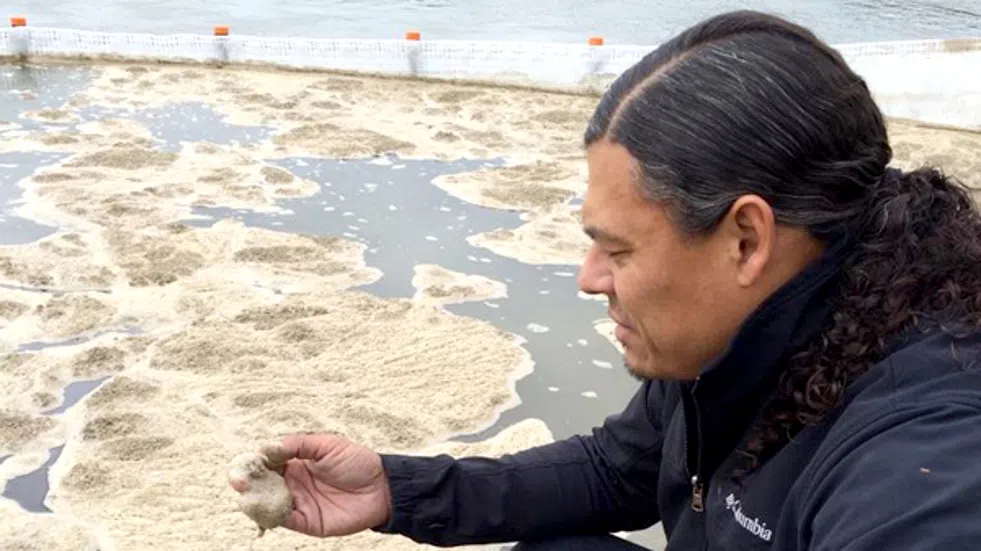
Contractor concerned by material floating down river
Water tests from the North Saskatchewan River may show low or no levels of contamination, but it’s what’s floating on top and sinking into the soil, that has contractors and the council of James Smith Cree Nation (JSCN) concerned.
Stephen Neal is the CEO of Canadian Floating Fence Corporation, the company hired by JSCN to assemble booms and collect any material floating down river.
“Seeing dead fish in the water, that bothered me yesterday,” Neal said of his observations this week. “We were at the Wapiti Valley area and we collected a lot of dead animals.”
Neal said determining the exact nature of the effluent recovered is not for him or the company to determine; that will be up to the Water Security Agency and other independent labs tasked with analyzing the samples. For now, he and his team are collecting and removing effluent from the water.


